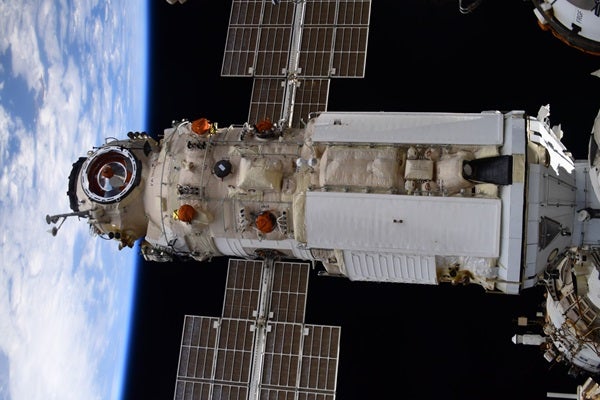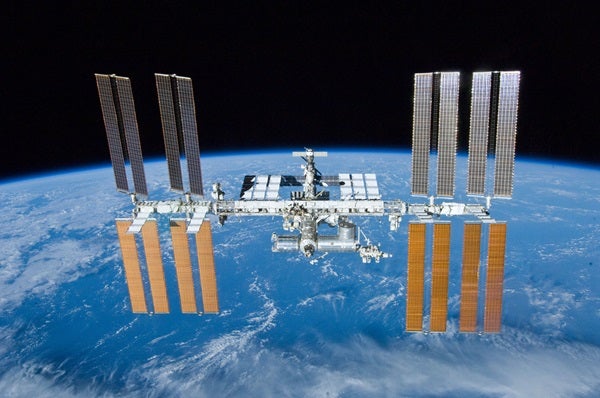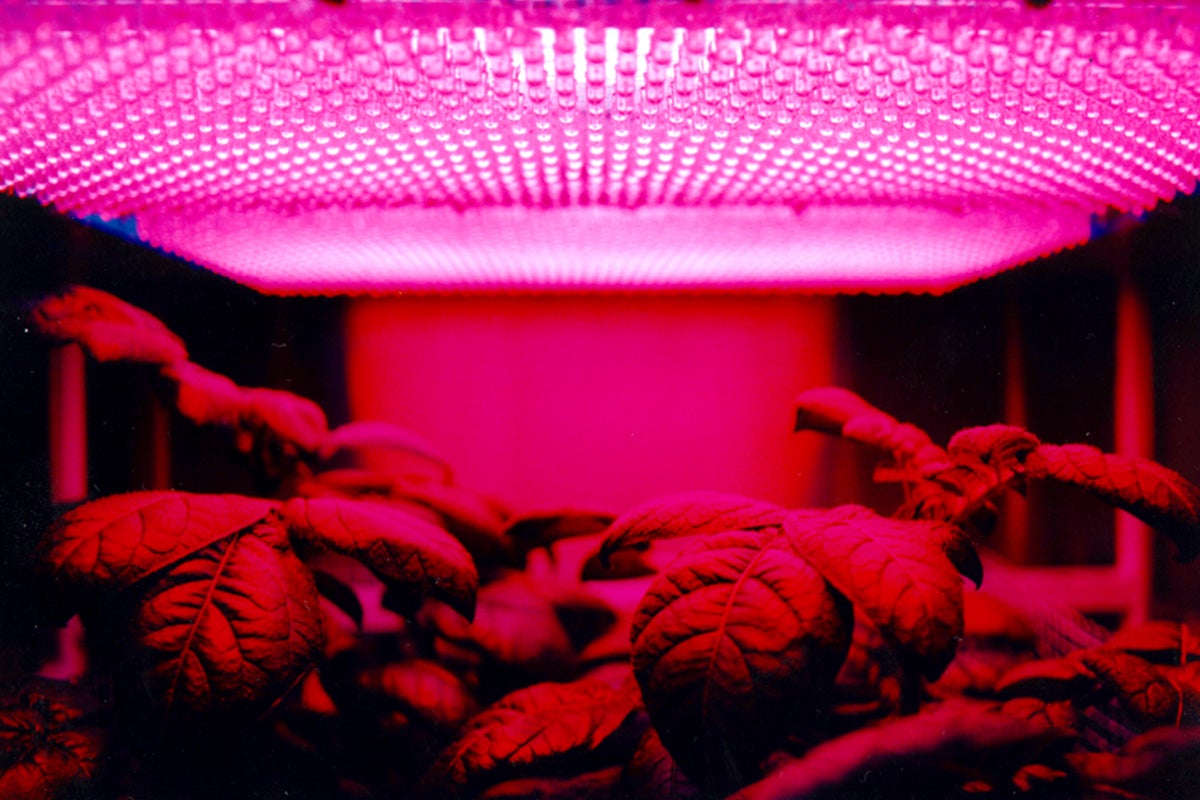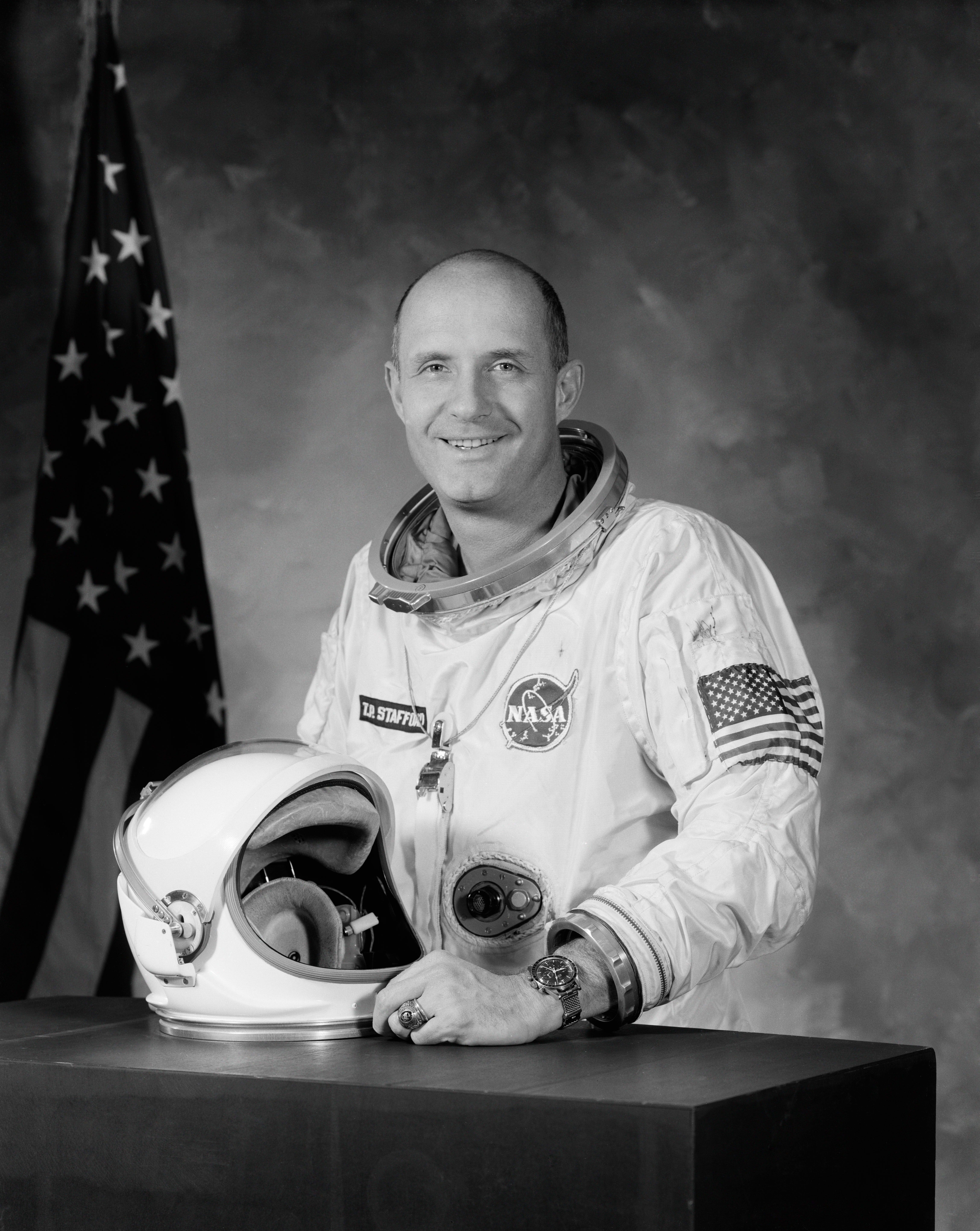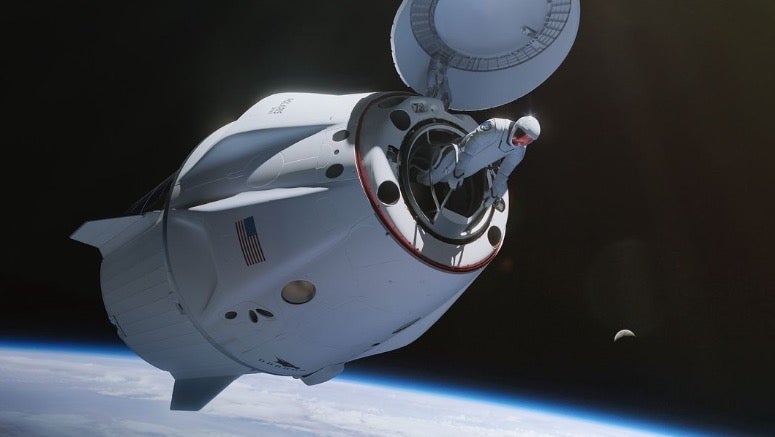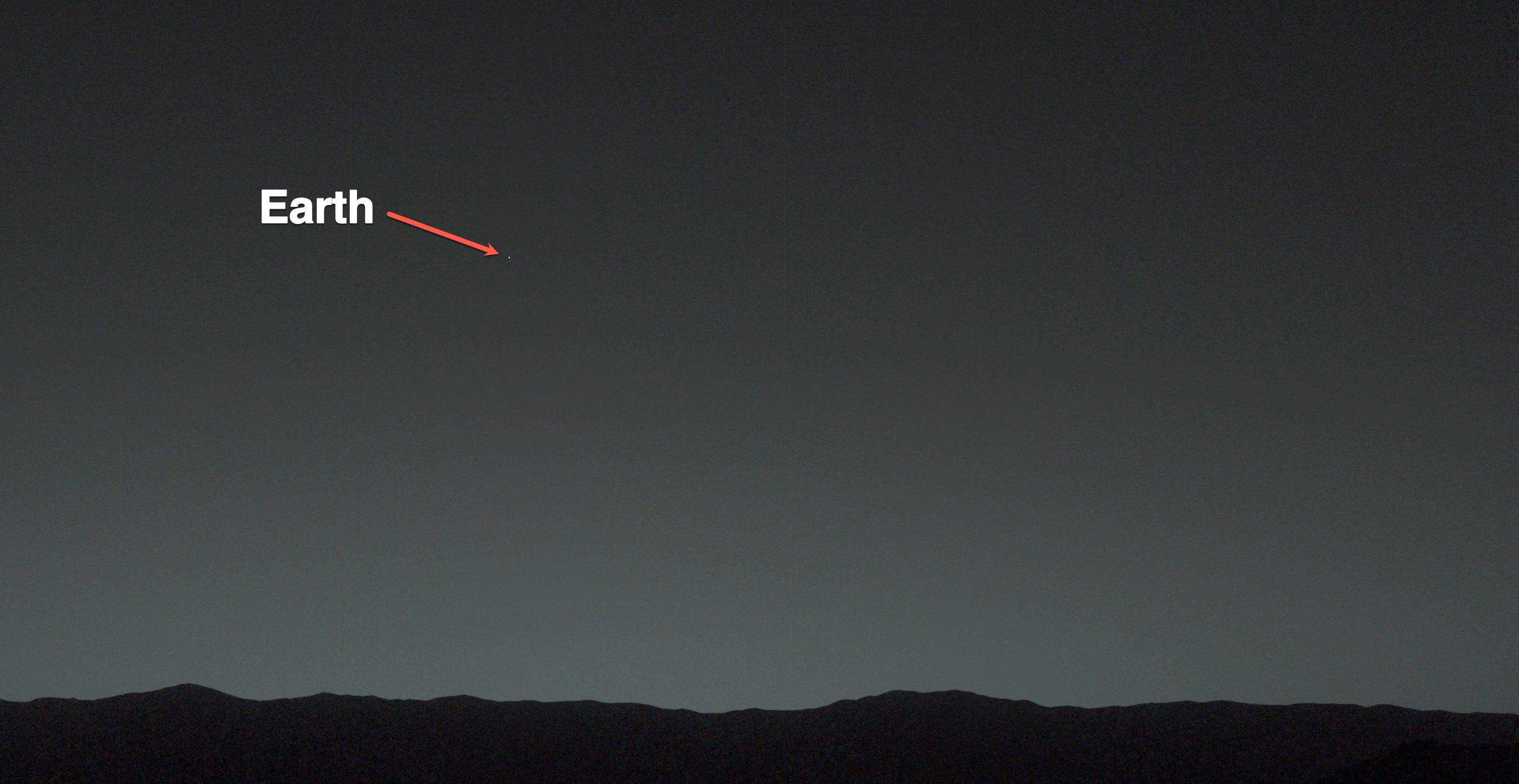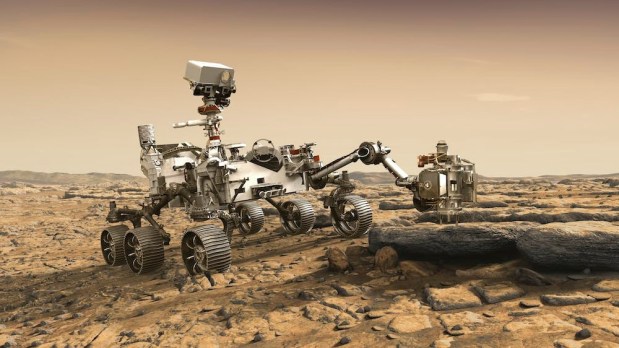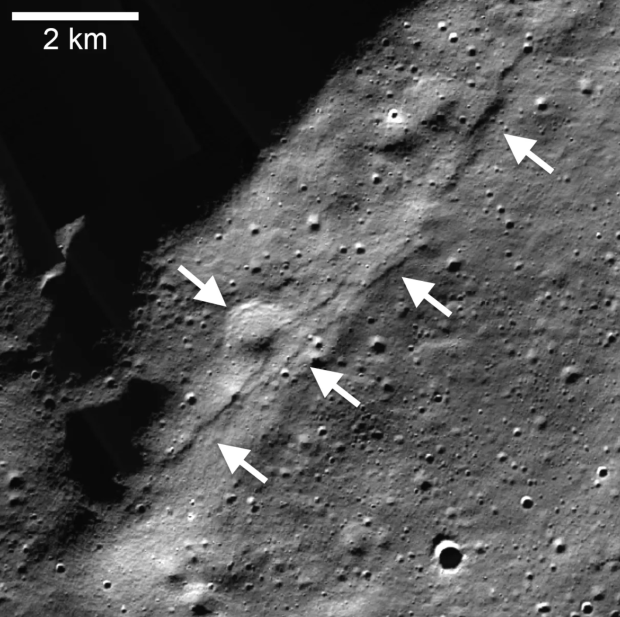The International Space Station (ISS) spun out of control on Thursday when a Russian module unexpectedly began firing its rocket thrusters, sending flight controllers in Moscow and Houston scrambling to recover the station.
The incident was one of the most serious in the space station’s 22-year history, resulting in a 47-minute period where the station was deemed to be experiencing a “loss of attitude control” as other thrusters fired off in an effort to stabilize the orbiting outpost.
In a media teleconference on Thursday afternoon, Kathy Lueders, head of NASA’s human spaceflight program, called it “a pretty exciting hour,” and credited the mission team’s preparedness and contingency planning with regaining control of the station.
“Never have I ever been prouder of the team,” tweeted ISS Flight Director Zebulon Scoville, who was one of two flight directors overseeing Mission Control during the incident. He added that he’d also never “been so happy to see all solar arrays [and] radiators still attached.”
In a statement released Friday, the Russian space agency Roscosmos said the errant firing was a result of a computer glitch. “Due to a short-term software failure, a direct command was mistakenly implemented to turn on the module’s engines for withdrawal, which led to some modification of the orientation of the complex as a whole.”
Spacecraft emergency
The module, a laboratory named Nauka, had docked with the station on Thursday morning. Roughly three hours later, at 12:34 P.M. EDT, as the crew prepared to open the module’s hatch, the station’s attitude (or orientation) began drifting. The astronauts reported that they could see Nauka’s thrusters firing. At 12:42 P.M., Mission Control declared a loss of attitude control. Control authority of the station was then handed off to the Mission Control Center in Moscow, which called the station’s Russian-built Service Module into action, firing its thrusters to counteract the stuck thruster on Nauka.
However, Nauka’s position, sticking out from its docking port outside the station, gave it more leverage than the Service Module could handle. “The ISS brought a knife to a gun fight,” as Scoville put it. This prompted controllers to call upon a Progress module that was docked at another port to fire its thrusters, bringing “more ‘muscle’ and moment arm to the force fight,” Scoville tweeted.
Eventually, the Nauka thruster exhausted its propellant, and at 1:29 P.M., attitude control was restored.
Initial reports from flight controllers suggested that the station had drifted from its stable orientation by 45 degrees. But Scoville said the amount of pitch was actually much greater. “Got about as far out of attitude as you can,” he said on Twitter. “We proceeded to do headstands and cartwheels,” he added. “Olympic judges would be proud.”
Regaining control
A stuck thruster can quickly cause a spacecraft to roll and tumble with dangerous or even disastrous consequences. Since there is no air resistance in space, there is nothing to slow its rotation, and a stuck thruster can accelerate a craft’s rate of spin to no end.
In 1966, astronauts Neil Armstrong and David Scott found themselves in one such life-threatening scenario during the Gemini 8 mission. A stuck thruster sent their capsule into an end-over-end tumble and roll, reaching a rotation rate of 300 degrees per second. Scott thought they were in danger of passing out. The crew were only able to wrestle the craft back into a stable attitude by activating the craft’s Reentry Control System, effectively aborting the mission.
Thanks to the efforts of the thrusters on the ISS Service Module and Progress — and because the ISS has a much greater mass and moment of inertia than the Gemini capsule — the station didn’t reach anywhere near that rate. It peaked at about half a degree per second, which would have seen it do a 360-degree spin in 12 minutes. But for a facility as massive as the ISS, it was a harrowing incident.
“The crew was never and is not in any danger,” NASA said in a statement, though Scoville offered a more nuanced take: “When NASA says crew was never in danger that ignores [the] obvious truth that they are living on an experimental SPACE STATION and in danger as soon as rocket engines light on the pad. Today had a little more danger than your typical orbit punching Thursday.”

